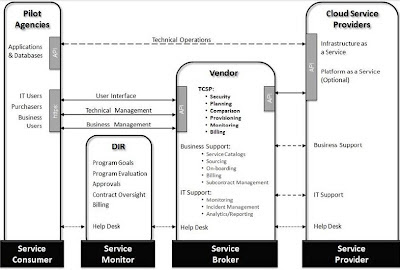Google CEO Larry Page seems to, for now, have made a surgical strike rather than haven taken the axe to Motorolo Mobility. Although 20% of its workforce slated for removal, the company says two-thirds of the erstwhile 4,000 jobs are in Asia. Furthermore, the company says the US cuts are mostly at the VP level.
So Larry Page hasn’t yet made the big, scary cuts we might have expected. Sitting as I currently do in Illinois, I can also say this is big news at the local level. Furthermore, Google says part of its core product development will remain in the Chicago area. The company also says that said product development will involve a few dozens of people, not hundreds or thousands.
Eureka!
This makes sense, as most of the great breakthroughs in the Information Age have been made by small teams, if not a single individual. You need some scale to build things up and out, but certainly not to have Eureka moments.
This insight reminds me of my time a few years ago at a Silicon Valley software company, when on many days it felt like we were a group of about 2,000 people glommed to the backs of a few brilliant developers. It could be that Larry Page and company feel the same way, which would not be surprising given Larry’s technical roots.
It It’s Not Broken…
Page seems to be happy with the current Android model, which helps brand the company name and could set the stage for future revenues if the company decides to reign it in or charge a licensing fee. He certainly is planning for Moto to regain brand recognition and market share as the smartphone market continues to develop, and thereby create significant new revenue for the company.
The tricky part will be to balance the equity of the respective Google and Motorola brands. Will anyone really buy hardware from a software company? Microsoft is about to find this out, and Google will benefit from observing this, no matter how many mitigating factors are associated with the Microsoft name.
Eternal Change
The smartphone market has already seen a lot of flux, with RIM dying, Nokia putting itself on life support, Microsoft not breathing well, and Taiwanese company HTC seemingly coming from nowhere to emerge as a major player. South Korea’s Samsung is one of two 800-pound gorillas in the market, and I believe it will emerge from its tussle with Apple with only its fur roughed up a bit. The other big Korean play, Lucky Goldstar (LG) can’t be counted out, but needs to step up its game.
And we always have to ask, where is Sony? Can the company ever regain the magic it had from the 70s through the 90s? Remember when people took trips to Tokyo just to go to Akihabara and see what Sony was up to?
For now, Page has not killed the Motorola name, and he has not made deep cuts at the company. Today’s announcement looks like Google is simply ridding itself of some offices it doesn’t need in countries in which it doesn’t do much business, and also cutting out a top management layer from the old company. The question will be whether a few dozen people will be able to save the acquisition. I think they can.



